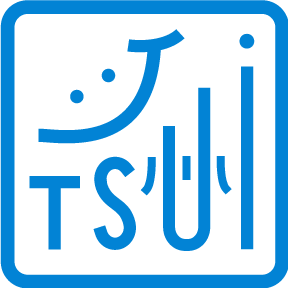Adobe Creative Jam asked designers to create a mobile app to help educate others, create awareness, encourage action, and/or facilitate access to minority mental health care.
Prompt
Problem
Mental health can be more challenging for minority populations when facing discrimination and other obstacles. We focused on addressing:
the high level of mental health stigma
language barriers that lead to lack and/or miscommunication
lack of accessible resources in multiple languages

Heart to Heart
Roles
UI/UX Designer
Duration
2 weeks (2021)
Team
Alex Schwartzberg
OVERVIEW
Heart to Heart is a mobile application designed to start conversations about mental health by bridging cultural, linguistic, and educational gaps in mental health.
This was designed for the designation, Adobe Creative Jam, and we placed 3rd and scored 84.75 / 100 points.
Insights
Feelings are difficult to express in a language other than their native. This can prevent closer relationships.
Written communication can be easier than talking because it is less emotionally charged and can offer more accurate wording.
Some concepts don't translate well across cultural or generational gaps, even if the language is easy to translate.
Multilingual Language Tools
Encourage learning mental health and emotional expression terms
In-App Messaging
Provide opportunities to translate and share resources
Educational Resources
Destigmatize mental health and address barriers to increase understanding
Insights
Design Requirements
Identifying the user's pain points and communication methods directed our features list.


Shared Learning
A side-by-side landscape mode keeps everyone on the same page to avoid miscommunication.
Learn new terms as you go with underlined vocabulary linked to the dictionary.
Target Audience
We prioritized designing for multilingual families because family relationships can substantially impact mental health as they may control professional treatment and shape behaviors.
"Most of the care that mental health sufferers often rely on is from family, so when family members deny this support, the recovery process can be negatively affected."
- Destination Hope Mental Health Center
Interviews
We interviewed immigrant parents and American-born children because that dynamic often experiences more barriers like cultural misunderstandings. We recruited to gather a variety of language proficiency in native and secondary languages.
Our goal was to understand communication with a language barrier and how mental health conversations were or weren't being facilitated in homes.
"It's harder to express my feelings in Chinese so I usually talk to my mom in English about those. I'm not as close with my dad since his English isn't as good."
- Child with moderate proficiency in Cantonese
I designed personas based on my interview findings. Empathizing with our older audience led to our accessibility focus seen in the adjusting font size feature.

My logo represents the brand's commitment to encourage heart-to-heart conversations.
Logo Design
.jpg)
Our interface highlights the fluid nature of mental health journeys and the potential for positive change.
Design Motif

Educational Resources
Cover a range of topics from common misconceptions to cultural barriers and improve your understanding.


Multilingual Friendly
Add and switch your language easily at any point through the language bar.
The text-to-speech feature bridges gaps between verbal and reading comprehension.



Communication Tools
Our vocabulary articles, dictionary, and phrases make expressing your feelings in a different language easier.
In-App Messaging
Give support by writing your thoughts or recording voice memos to capture nuance without reading comprehension.
Star messages to remember affirmations and important resources.


Result
I presented our project to a panel of industry judges at the finale, and my team won 3rd place with a 85%!

-
Curate a curriculum and user-based recommendations. This would provide a starting point for users and help guide them to the resources.
-
Establish a consistent UI. Uniformity in our UI will eliminate confusion about the deviations in design while creating familiarity and reliability in the interface.
-
Perform more user research. Usability tests and surveys would inform us about needed improvements for our future iterations.
Next Steps
Ideation
How Might We and wireframing helped us quickly brainstorm while focusing on the main functions. Drawing the wireframes together kept us on the same page and identified the potential problems with layout and functionality.

Meet the users where they are at. Not all users are ready to have a full-fledged conversation with their families about their mental health. It's crucial to provide digestible resources for any user at any stage of their journey.
Be mindful of bugs outdoors and in-app. We prioritized having an innovative and functional product and spent a lot of time ideating about our focus and features. However, we underestimated the time to build pages and solve bugs. This left something to be desired for our UI.
